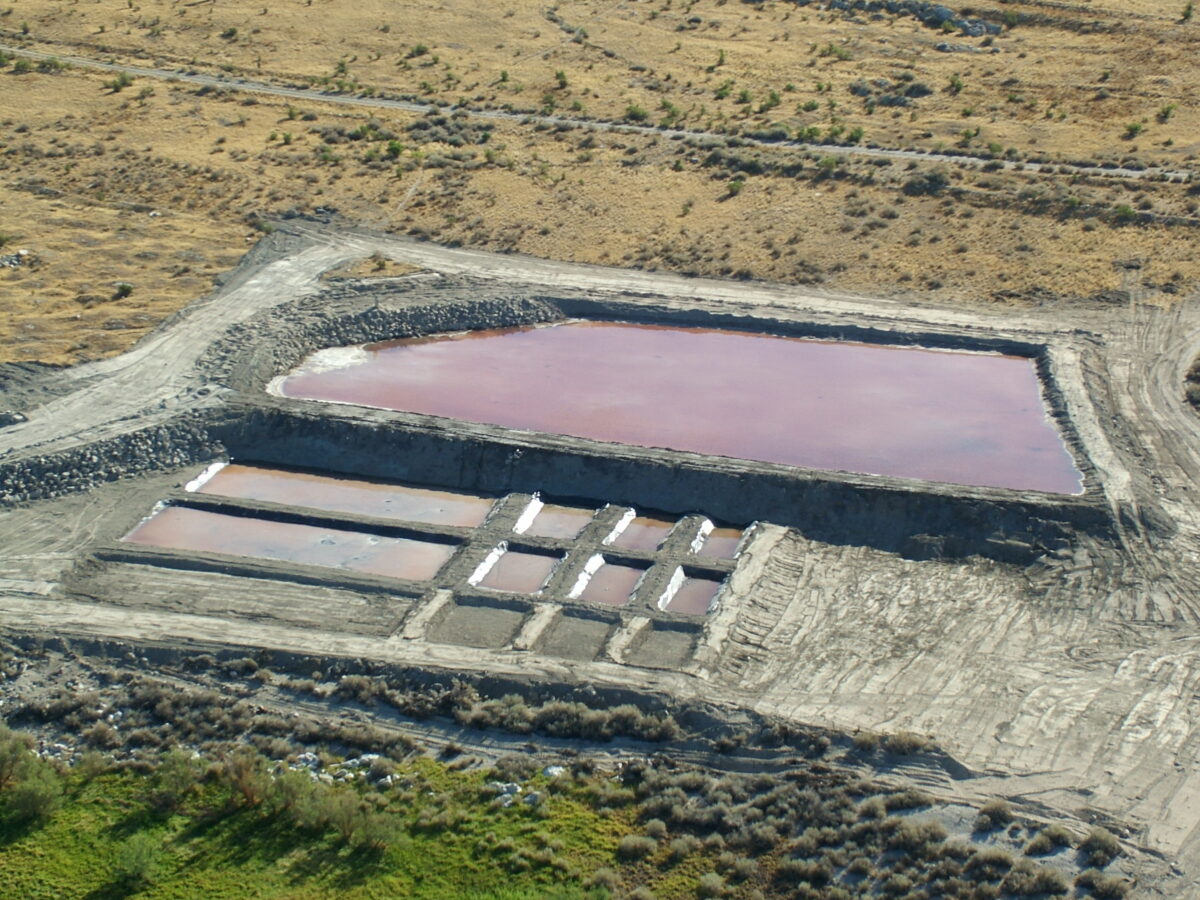WEST HAVEN — House Bill 453, which establishes new parameters for mineral extraction companies operating on the Great Salt Lake, was signed into law by Gov. Spencer Cox last month. And its passing was heralded as a victory by legislators on both sides of the aisle and environmental groups alike.
However, Rep. Casey Snider — who sponsored the bill — noted that the good vibes weren’t always present as it was being constructed. As he saw it, some of the companies impacted by the legislation were reluctant to collaborate on its creation.
“It played out very publicly, some of the frustrations that we had as a legislature at times. I would not say that it was easy, but the bill contemplated fairly substantial changes to the status quo. So, that was to be expected,” Snider, R-Paradise, told the Standard-Examiner. “At the end of said process, I’m comfortable with the outcome. And I believe the majority of the stakeholders are as well, including those who we didn’t always agree with. So, I think that means we found a good compromise and a win for everybody, including the lake.”
For their part, the people at West Haven-based Trace Minerals — a nutritional supplement company with a mission to “remineralize the world” with its myriad products — welcomed the opportunity to work with legislators on the effort to preserve the lake.
“The Great Salt Lake as a resource to our state is invaluable,” Ryan Fisher, Trace’s chief sustainability officer, told the Standard-Examiner. “It certainly has an economic impact on our state, has an ecological impact, as well as an environmental impact. So, as a resource, protecting the lake should be in all of our interests.”
While Trace’s products are varied, it does utilize a natural evaporative process to extract minerals like magnesium from the lake’s brine for the production of certain supplements.
However, the company is operating on a significantly smaller scale than many of the other companies with a presence on the lake. And Trace says efforts are being made to reduce the amount of water that’s used in its extraction process.
“Construction has already begun on new solar evaporation ponds that allow us to use less water for sustainability purposes,” Fisher said. “We’ve increased our efficiencies by the new design of these ponds. And we’ve worked with solar evaporation experts to dial in that process so that we’re using as little of the resource as needed to end up with our mineral brines.”
Fisher noted that construction on Trace’s upgraded evaporation ponds should be completed by the end of May.
Although the balance between economic interests and conservation can be difficult to strike, Trace’s leadership recognizes that H.B. 453 shouldn’t be viewed as the end of the line for the lake’s management, but as a jumping-off point for future conservation efforts.
“Mother Nature has a huge impact on the lake itself. But because of the amount of water that’s being taken upstream, industry that benefits from the lake has to be part of the solution,” Fisher said.
Snider is similarly focused on the lake’s future.
“One of the things that I believe is the critical next step on the lake is getting a full picture of where water is in the system at any given time,” Snider said.
“I don’t think that we have the infrastructure in place to shepherd the water that we’re saving or to fully realize the benefits of the conservation we’re implementing,” he added. “So, while this on a policy front was sort of big and in the news, the stuff that we did on the appropriation side, specifically with getting additional funding for measuring on the Great Salt Lake Basin is the next critical step.”






